5 Ways to Realign Learning in K-12
It’s time to realign learning in K-12, just as you might tune up your car
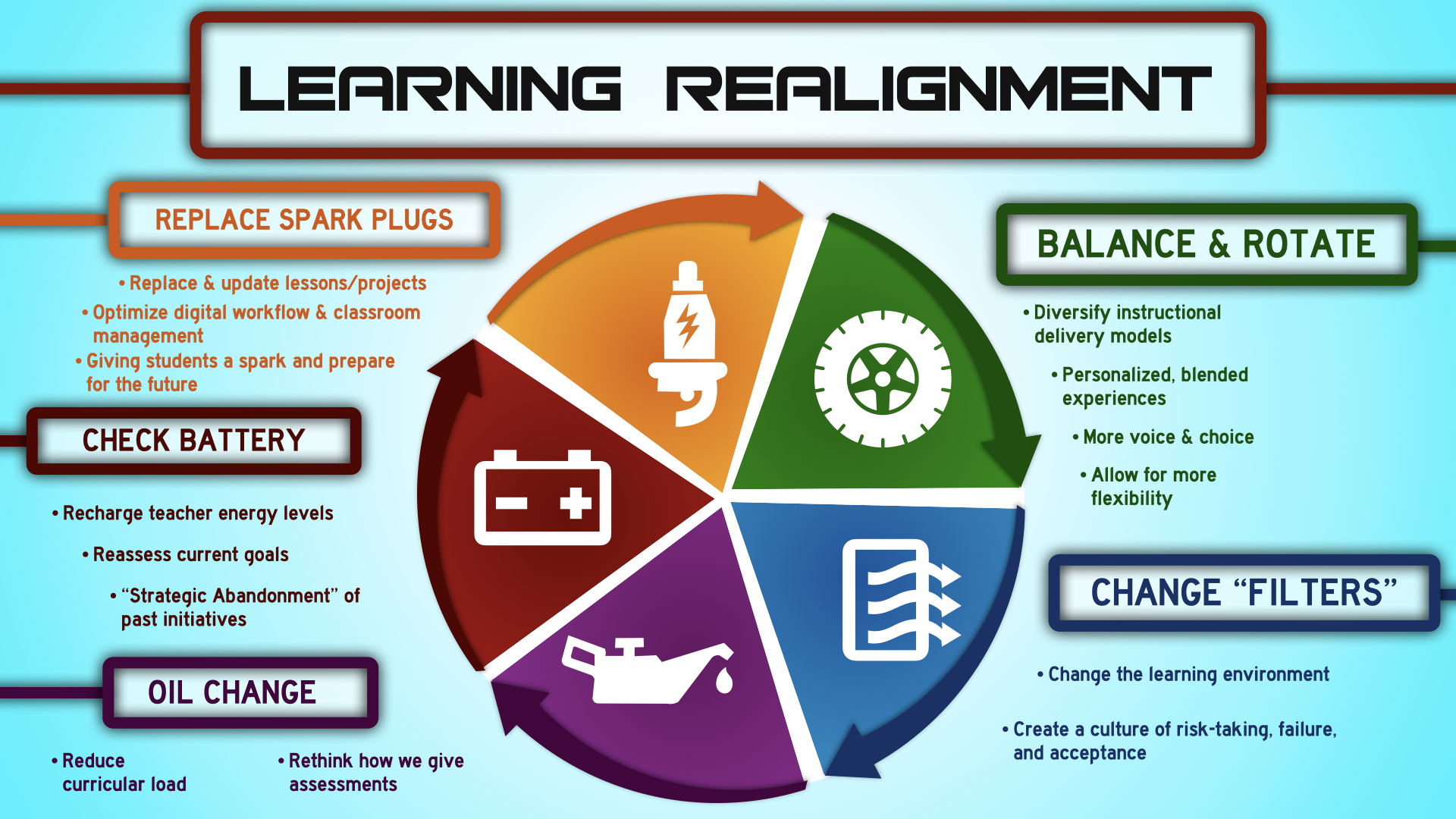
“We can’t wait until things get back to normal.” That’s a common phrase uttered in and around households all across America. This pandemic has forced us to rethink many of the things we normally do over the course of our day, from online grocery shopping to dining out. Education has seen probably one of the most disruptive changes to traditional learning during this COVID-19 pandemic.
With all of the disruption, public attention has shifted to helping students recover from “learning loss.” As with many of my fellow educators, I find this phrase to be extremely negative. There are students who were displaced academically by this pandemic (especially those in underserved communities). But to say it was all a loss is deficit thinking. It focuses too much attention on where we have been, not where we need to go.
We are NOT going back to normal in K-12 education. That would be a disservice and a waste of all the new skills educators have learned. All that technology leaders have been advocating for in schools for the past decade came to fruition rapidly when schools shut down in March 2020. Now that schools are providing devices and access like never before, we have a massive opportunity in front of us. Focusing on learning loss doesn’t build off of this increased access for students.
I think it’s time for a new phrase.
I did some digging to find the word that would acknowledge the past but also drive change for the future. It just so happened I was searching while waiting for my car to get serviced when the phrase slapped me right in the face.
We need Learning Realignment.
Here’s the definition of realignment:
Tech & Learning Newsletter
Tools and ideas to transform education. Sign up below.

“The action of changing or restoring something to a different or former position or state” -- this was the phrase that I was looking for as it identifies the changes that we need to keep moving forward.
So, keeping with the automobile analogy, here are 5 ways to realign learning.
1. Replace Spark Plugs
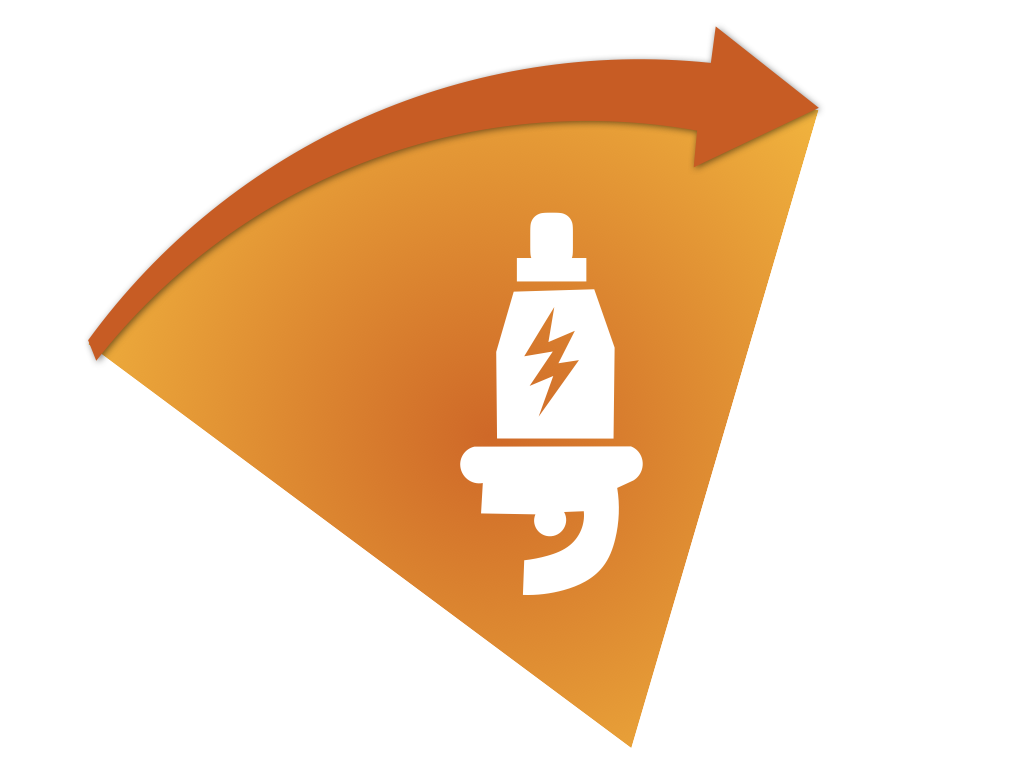
Gone are the days of students showing their understanding by just turning in a written paper or diorama (don’t get me wrong, I love dioramas). This shift to online learning has really shown all that’s possible in a blended learning environment, especially around student outcomes.
Unfortunately, we still tend to navigate to the things we know.
So, instead of writing a paper, the student writes a Google Doc. Or instead of creating a tri-fold poster board, it’s a Powerpoint presentation. Students can now demonstrate their learning in so many ways.
Here are just a few:
- Create an infographic
- Code a game
- Invent a prototype
- Create an animation
- Participate in an online debate
- Make a movie
- Write and perform a rap
- Design a virtual world (aka, a fancy online diorama)
- 3D print a solution
- Record a podcast
I recently witnessed an amazing creation by teacher @TriciaFugelstad using EyeJack (now AR Academy in the app store). This tool allows kids to create their own augmented reality overlays on everyday objects or images, which can be a deeper dive into a topic while adding a layer of extra engagement. As most schools are Chromebook schools, I was excited to hear they have just developed an AR extension for education as well. A tool such as this represents the possibilities of differentiating how students demonstrate their understanding.
We need to be preparing kids for their future and creating opportunities for students to demonstrate a variety of skills. Recently, the World Economic Forum met to list their Top 10 Job Skills of Tomorrow, which includes innovation, resilience, creativity, critical thinking, and active learning. As schools move forward, they need to identify ways to embed these skills in the day-to-day life of students. We shouldn’t limit learning to only technology that we are comfortable with as that, in turn, limits the students.
Enjoying this article? Carl Hooker -- and others -- are presenting live and in-person at Tech & Learning's Regional Leadership Summit in Orlando on Jan. 24, 2022 (the day before FETC begins).
Superintendents, CTOs, CAOs, instructional and district tech leaders, please join us to share and discover the great education work going on in your area. More info and register here
2. Check Batteries
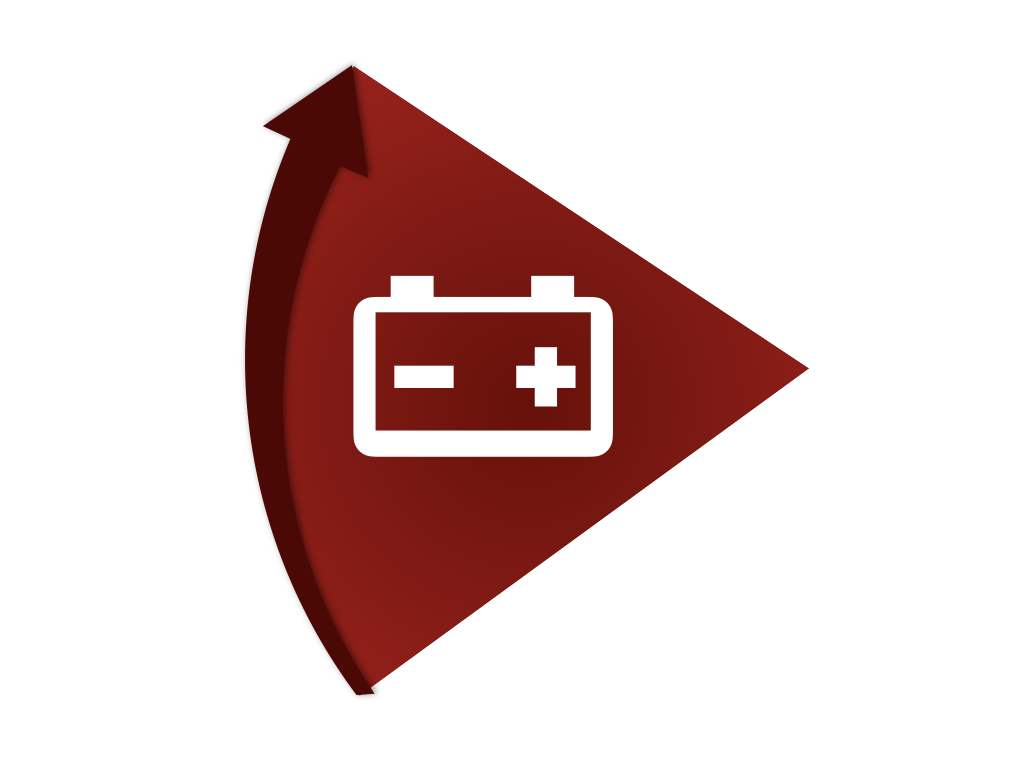
The past 20 months have taken a toll on teachers. The great resignation is a real thing in many businesses but especially in education. Increasing stress, anxiety, and pressure on an already overworked and underpaid profession might be some of the biggest drivers of this. The additional duties, learning standards, and high-stakes tests while dealing with a “time famine” could also be a major issue.
Whatever the reason, educators need to recharge their batteries before getting back on the road. This is especially true in my area of expertise, professional learning. Requiring teachers to attend training when they are already stressed doesn’t create an optimal learning environment. Instead, we should be looking for asynchronous options for those pressed for time.
Any time I’ve been in a school district, I make sure to get into a classroom to teach a lesson. Administrators should be the instructional leaders in a school or district, however, they spend a lot of their days making major decisions that impact learning in the classroom and don’t always get to see the effects. By substitute teaching in a classroom, they get to witness the impact of their decisions while also allowing teachers to take an extended break.
The other thing instructional leaders can do is re-assess the current district goals and pare back what they don’t need. This “strategic abandonment” of old initiatives can be freeing for staff who already have a lot clogging their head space. Chances are many initiatives and missions changed when the pandemic hit, so now is the time to re-prioritize what is important in your district going forward.
3. Check the Oil
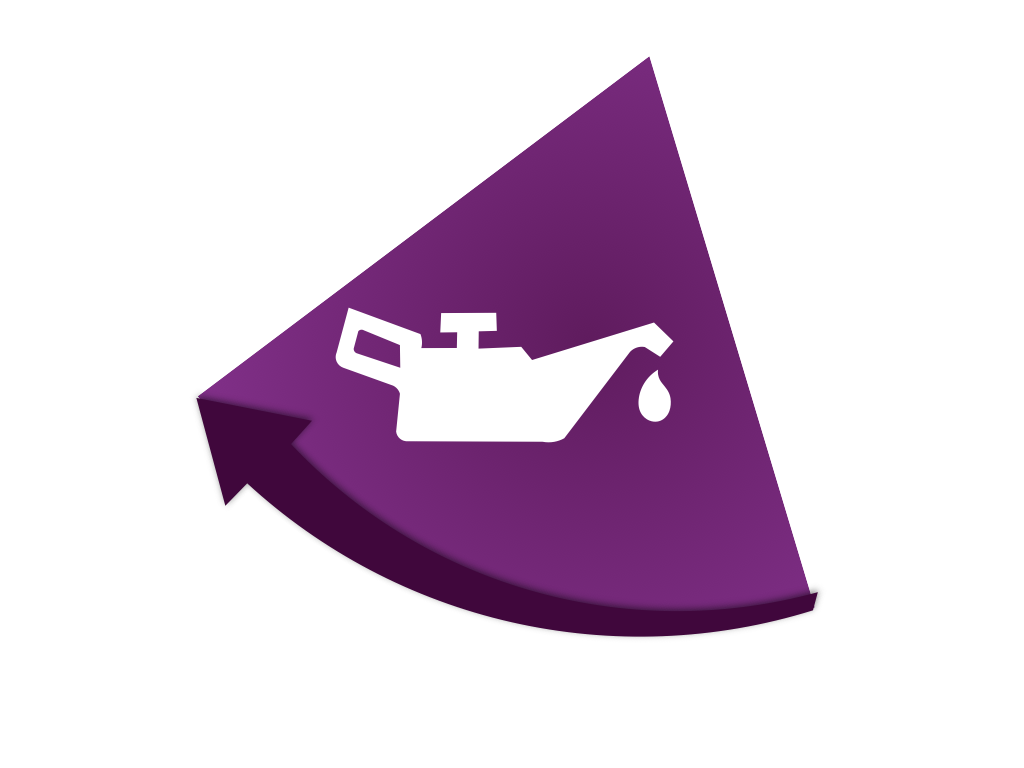
One of the unintended consequences of the pandemic was that teachers had to really scale back much of what they were teaching and prioritize which standards were most important. This reduction in curricular load allows students time to dive deeper into topics rather than just taking a surface-level approach to learning.
When you check the oil in your car, you have a dipstick. In schools, that dipstick is assessment. Most that we give in schools are fact-based, synchronous assessments meant to check a student’s knowledge. While those have a time and place, it shouldn’t be the only way we measure student growth. Using asynchronous, collaborative projects and building in time for the student to explain their thinking makes learning less about the product and more about the process.
One thing I really struggled with as a teacher was providing time for reflection. Taking just a few minutes at the end of the day or week for students to reflect on their learning has a major impact on what they retain. The psychological impact of reflection and experiential learning was a major driver of the Kolb Learning Cycle. Creating opportunities for students to reflect and then tracking those longitudinally should be the norm.
In our schools, we used Bulb to create ePortfolios for students, parents, and teachers to track that longitudinal growth. By doing this in an ePortfolio platform, students can reflect on their learning while also building a digital resume of sorts for when the time comes to apply for college or enter the workforce.
All of this means we have to change how we assess students and shift time focused on standardized assessments. In Rethinking Classroom Assessment with Purpose in Mind, the authors point out that there are three primary types of assessments taking place in the classroom. Assessment OF learning, assessment FOR learning, and assessment AS learning. The more that we can allow time and strategies for students to own their learning through assessment will largely impact their learning journey.
4. Change the Filters
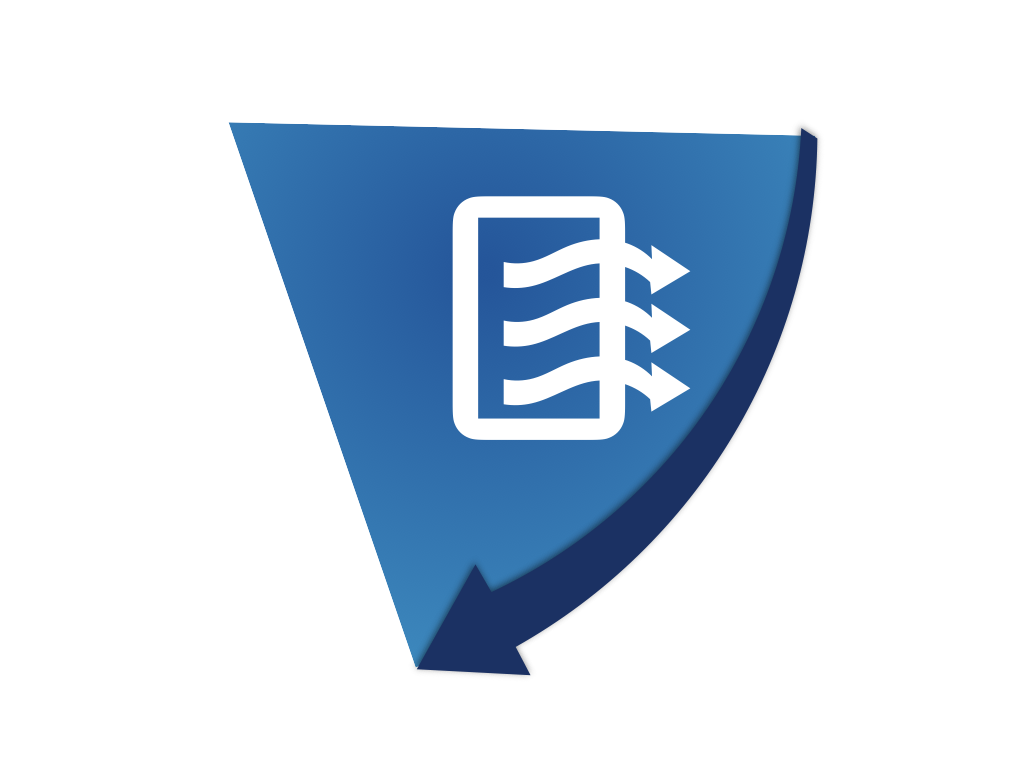
This isn’t about internet filters or actual air filters, though both have a place in schools these days. This is more about changing things that filter creative thinking in the classroom. That change can happen physically and mentally.
I’ve always believed that the most flexible learning environment isn’t necessarily one that has a lot of expensive furniture or fancy technology. It exists right outside your school doors. During the pandemic, many schools threw energy and effort into expanding their outdoor learning spaces. My own daughters helped remake logs into chairs as part of their Girl Scout project. The benefits of being outside (whether permitting) include an increase in vitamin D from sunlight and more oxygen to the brain.
Adults also need a change from time to time. Some of my most effective professional learning takes place outside the school building as well. Taking staff to alternate locations to learn rather than uncomfortable library chairs or terrible cafeteria lighting is impactful. When asked to provide feedback, staff have mentioned the feeling of “thinking differently” when outside of their school building and “more focus, because I wasn’t worrying about my classroom down the hall.” These psychological effects on adult learning is also why I think the in-person conference will always carry value in professional development.
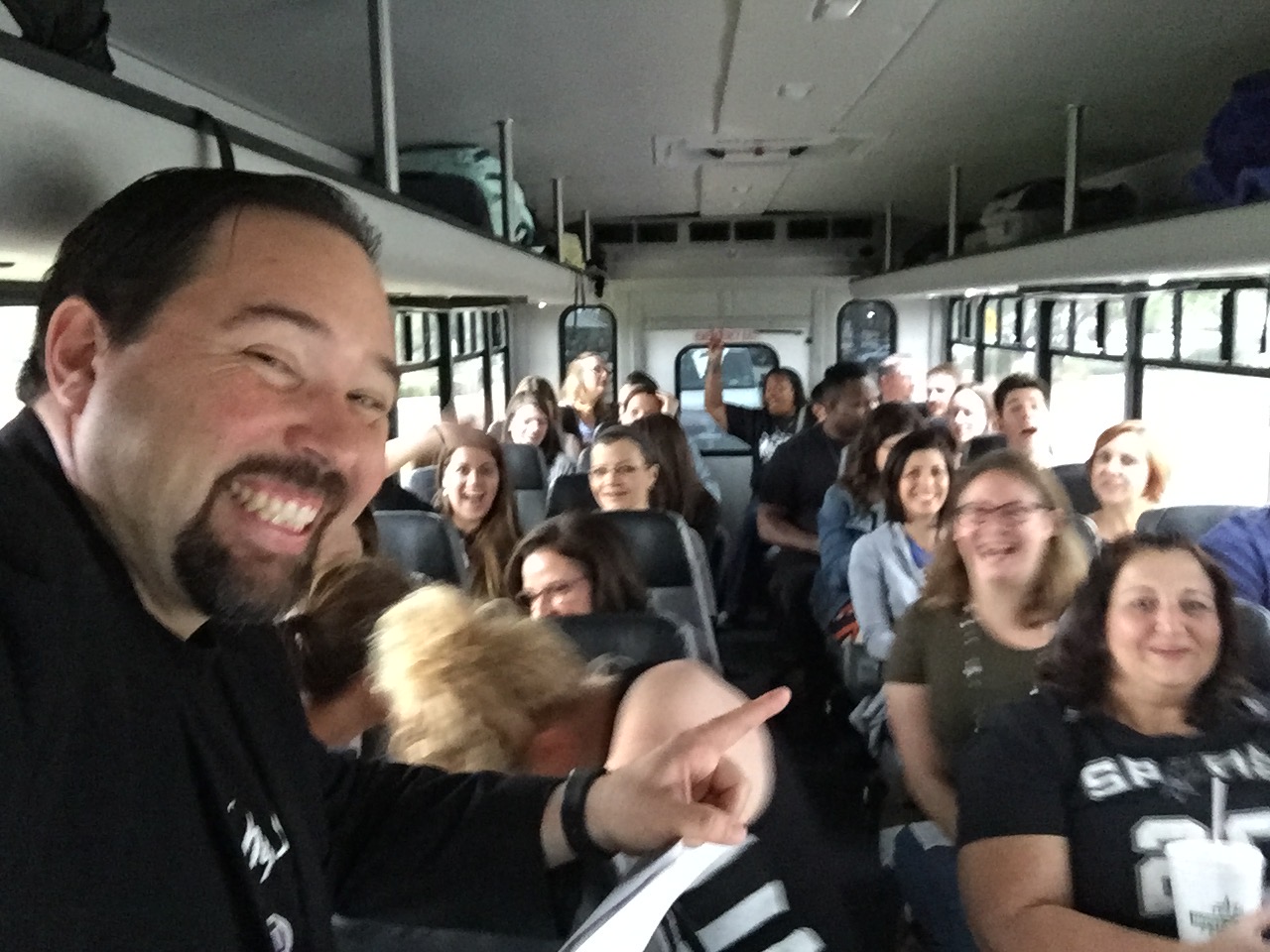
The other filter that needs to change is a mental one. We need to remove the filters we put around success and failure. Creativity and curiosity are important by-products of risk-taking but in environments where that is stifled, it can be crippling to innovative thoughts. I’ve always believed that students won’t take risks unless their teachers take risks. Extending that a bit further, teachers won’t take risks unless leaders take risks.
We live in an era of public scrutiny which pushes schools toward conservative approaches in instructional practice. The opposite should be happening as without failure and risk-taking, creativity is drowned in a sea of unoriginality.
5. Balance and Rotate
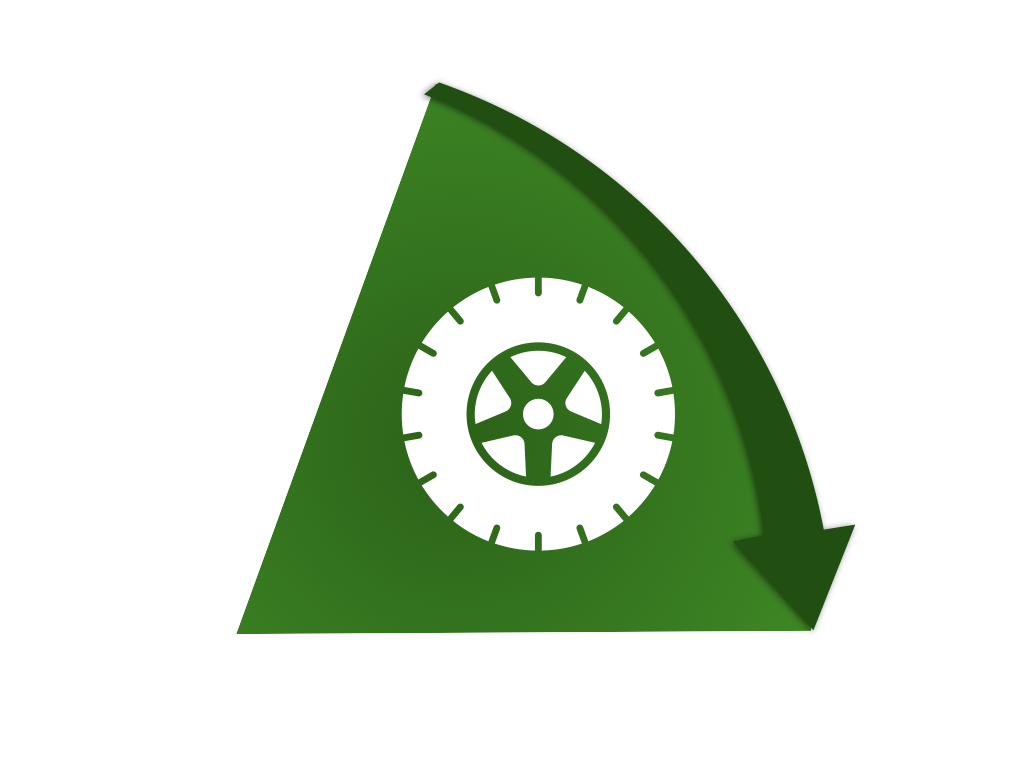
The final component in this realignment builds upon all the other parts in this tune-up. Before the pandemic, schools largely relied on a single mode of Instructional delivery. Australian thought-leader Brett Salakas cautions that when you have only one method of getting instruction, learning is at risk should that method be cut off.
Traditional, lecture-based, synchronous face-to-face instruction is one way to deliver instruction, however, as we learned from the pandemic, it isn’t the only way. Terms such as “virtual” and “remote” have now entered the vocabulary of learning models. We learned that some (hybrid/concurrent) might not be the most ideal way to teach and learn. Some students thrived in an asynchronous online environment and some struggled. The truth is the previous lecture-style model also worked for some kids but not ALL kids.
We should also no longer be bound by the restriction of physical geography. My oldest daughter is in 7th grade and would love to learn Italian as a second language. Unfortunately, her middle school does not offer the course but one across town does. The traditional fix for this is bussing her across town to the other campus for the course, but why not set up a lab for kids to be taught virtually by a variety of teachers in the district or state. Heck, why not take it a step further and let students learn Italian from a teacher in Italy.
Some innovative curriculum providers are starting to realize this new virtual model may be a strategy going forward. For example, Rex Academy offers a completely browser-based computer science curriculum meant to break some of the lack of inclusivity in the field. Any teacher can use the self-paced curriculum and they also even offer an online instructor.
One of the biggest challenges recently is the lack of teachers to actually teach a computer science course. Schools have minimum enrollment requirements that are needed to make a class and often don’t have the staff available to teach it part-time. If companies can offer a high-quality computer science curriculum and teachers to schools, then it shouldn’t matter whether you have one or 100 students interested in the course.
So where do we go from here? The traditional models of education have been put to the test and slightly broken as a result of the pandemic. Teachers are exhausted, students are stressed, and we are on the brink of a personnel crisis when it comes to hiring. Using some of the lessons we have learned the past 20 months, schools and districts need to realign some of their classic beliefs of what education should look like. We’ve been given a unique glimpse to some of the possibilities of what a flexible future educational model could look like. Now our only question is do we take the wheel or continue to let the car drift off the road?
Carl Hooker has spent the past 20+ years in education as a teacher and administrator focused on the thoughtful integration of technology and innovation. He consults for multiple districts across the country and is a frequent speaker at state and national events. In his free time he's an author, DJ, podcast host, Poetry Slammer, and Trivia Night MC. He's the co-founder of the social platform K12Leaders.com. Check out his latest book Ready Set FAIL! Now available for order here: https://mrhook.it/fail Read more of his blogs at Hooked on Innovation.
